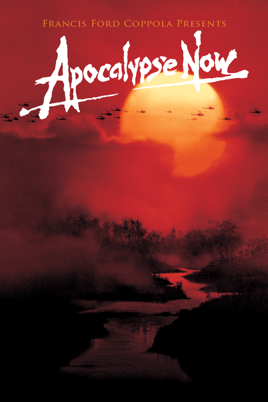Editing blog task - 750 word analysis
This clip from Apocalypse Now (1979) and its
set during
the Vietnam War, Captain Willard is sent on a dangerous mission into Cambodia to
assassinate a renegade Colonel who has set himself up as a god among a local
tribe. The editor of the opening sequence, Walter Murch said “it would be very easy to have these
images, to do dissolve and to see what the dissolves look like. In
those days, there was no way to do that. I had to modify the KEM editing
machine, I had to have three screens and then build rolls of each element that
I wanted to superimpose and run those so that they would run in sync.”
However the editing in the final film doesn’t show a flaw which makes this opening
sequence very impressive for its time.
The
first thirty seconds of this clip have various elements of film language components
embedded in it. We are shown an establishing shot of a Vietnamese
jungle as war time helicopters traverse by it ,where a parallel music sequence plays (diagetic sound)
the music playing over is in a major key
and it contrast heavily with the war scene, however the sound of the helicopters
and the war scene is still heard just at a lower volume The editing is quite
important here too because The editor of this opening scene uses various dissolve
shots, when one image
blurs into the next, to show a character, protagonist Captain Willard, laying
down sleeping but when see close-ups of alcohol, drugs, his living space in a
mess and him sleeping covered in sweat the audience can assume, from the props
and costume (mise-en-scene), that this man is living an unstable life and needs
to back on track. We also see the lighting focus on a gun under pillow which
can indicate the genre of this film as a war, adventure and action film.
The lighting and editing of this opening sequence shows an emphasis
on duality, we see half of Willard's face covered in shadow by the helicopter
that later gets faded into a ceiling fan in Captain Willard as the other shots
are superjacent over him as well
as the shots of the shadowy jungle silhouetted by the glow of the deep orange
fog and fire. As the opening music ends,
the clip moves onto focusing on Captain Willard waking up from his slumber and
having a dubbed dialogue over the medium shots of his room , which shows a sense
of insanity. The now erratic and violent parallel song sequence slowly starts
to get louder as the scenes again start to merge. Now we see the Captain in a
muddied up camouflage costume that we see in the closing sequence and gives
into insanity and kills another character, colonel Kurtz.
Towards the end of the clip, the lighting seems to come from the
outside world and the light is shining from the blinds in his room which
radiate a golden glow that cuts to a shot of the ceiling fan and then to the character.
The order of these shots and the metaphorical shots from before of the helicopter
merging into fan seems to have a significant impact on Captain Willard as he wakes
up in a cold sweat as a possible result of the sound of the sound of the
ceiling fan. This leads to the interpretation that the editors used editing,
lighting and sound as a way to reflect the protagonists mind and to show his
loss of sanity and his gain of insanity. The blurred links of war and morality
through the dissolves emphasise the Captain’s PTSD of the Vietnam War.
The cinematography towards the end of the clip drawn attention the
instability of Captain Willard as the camera , a handheld shot, moves up
towards the blinded window where by the dialogue is dubbed over , as discussed
before , to suggest his insanity, PTSD and loss of connection to reality. A lot of the shots used in the opening sequence are similar to the
ones used in the closing sequence.

Comments
Post a Comment